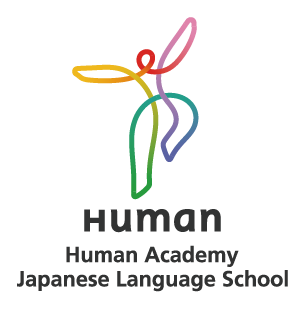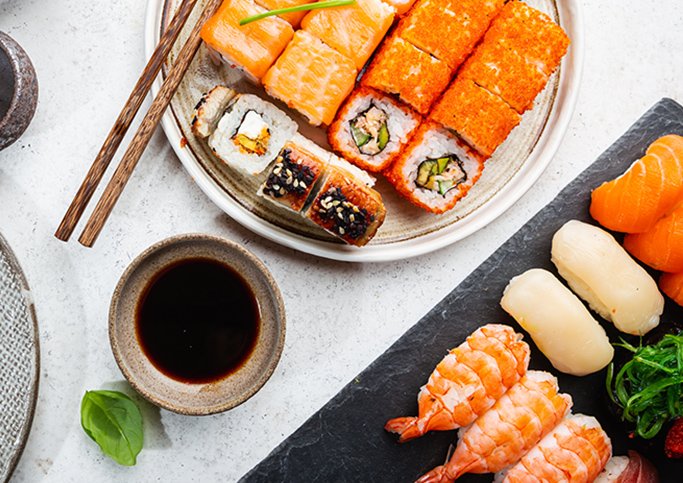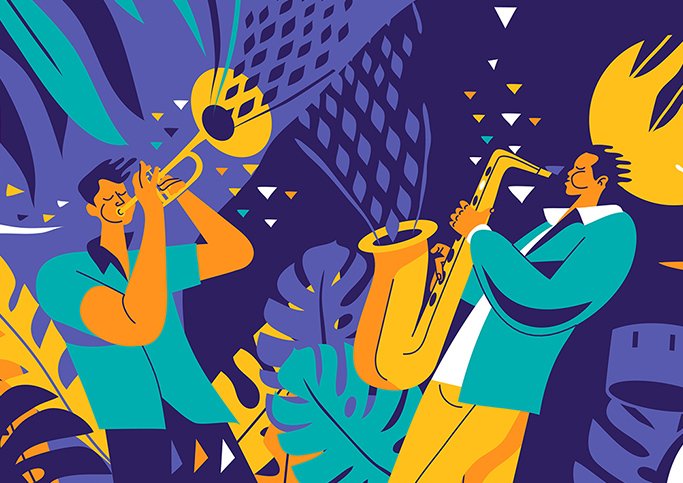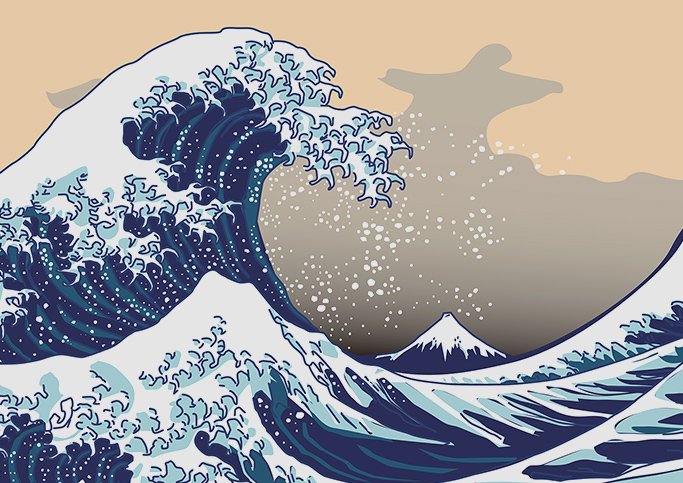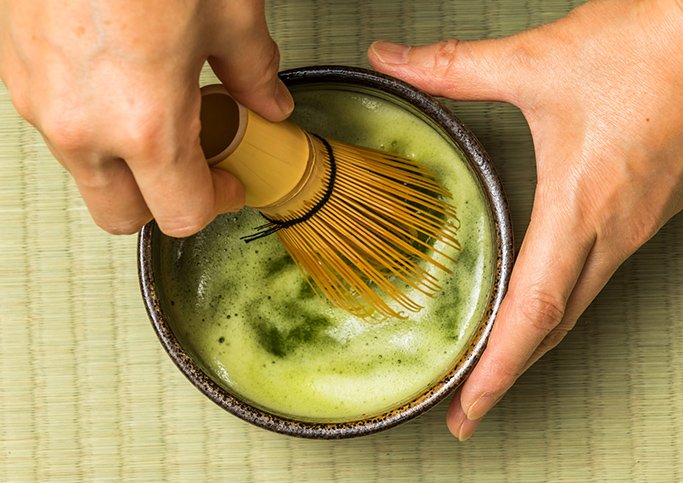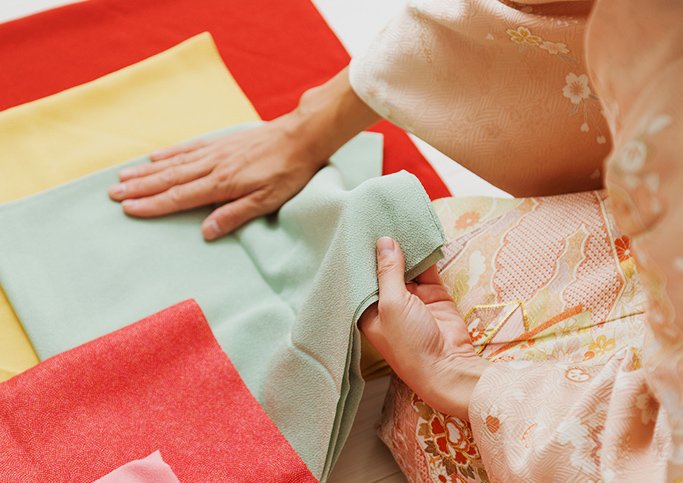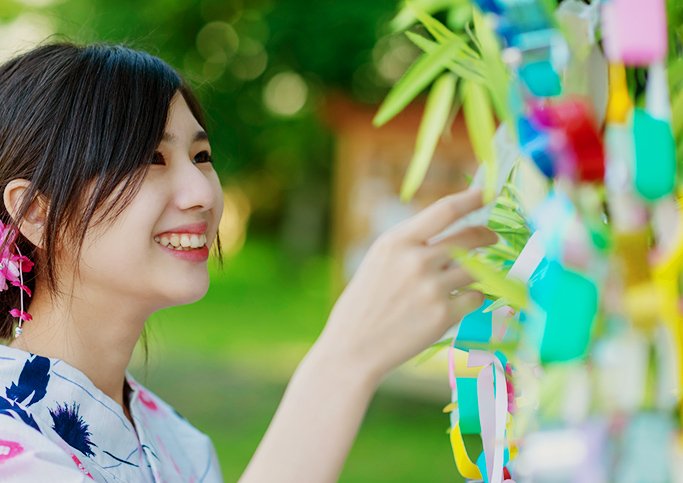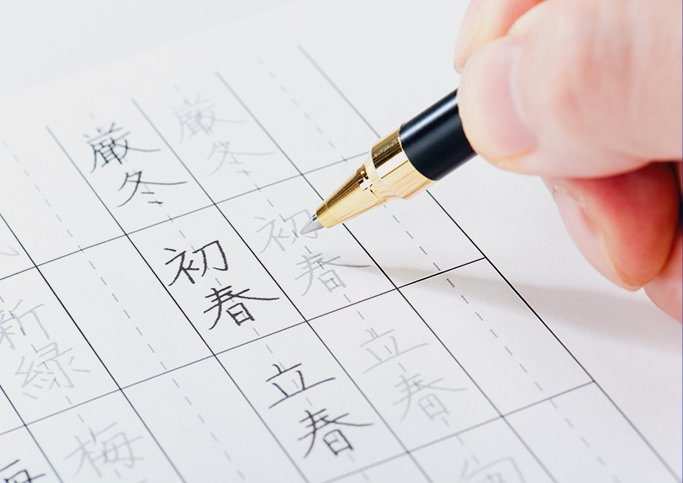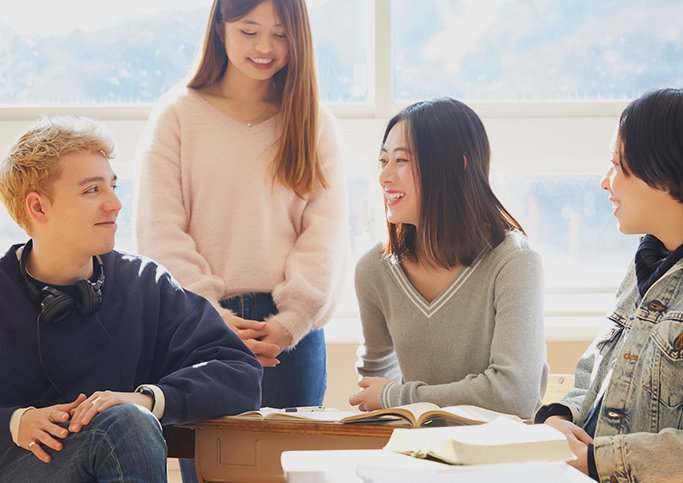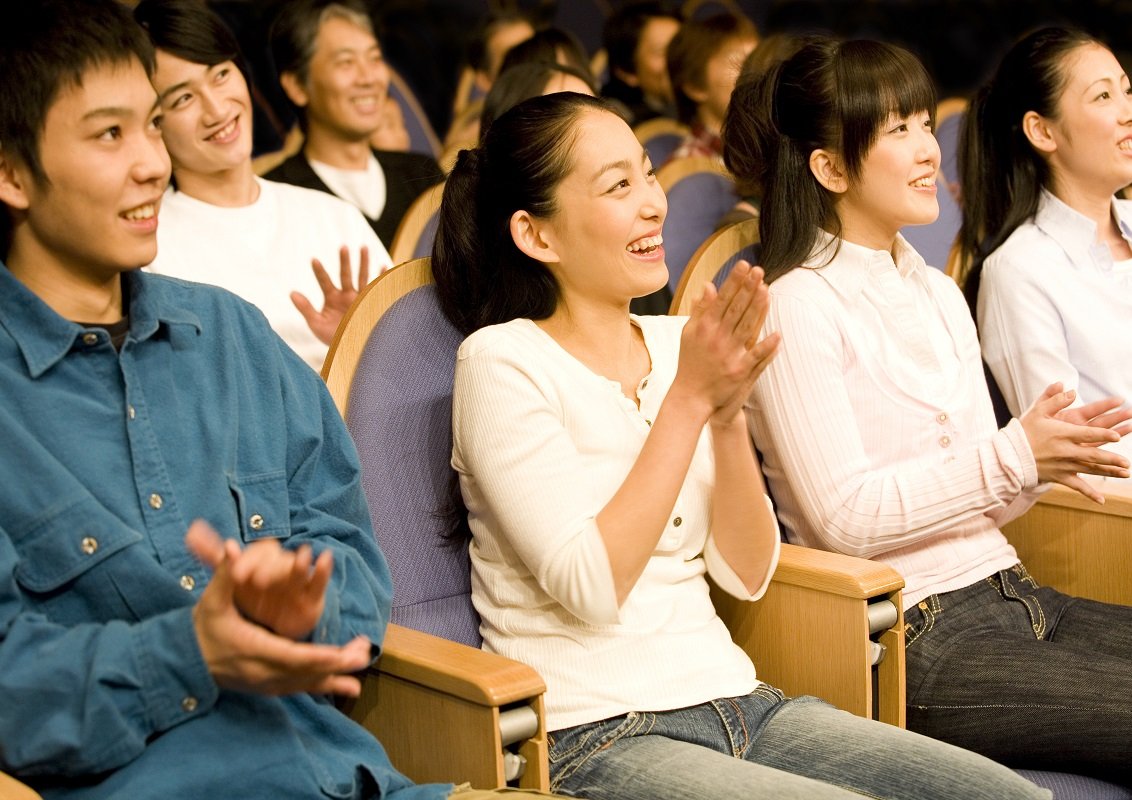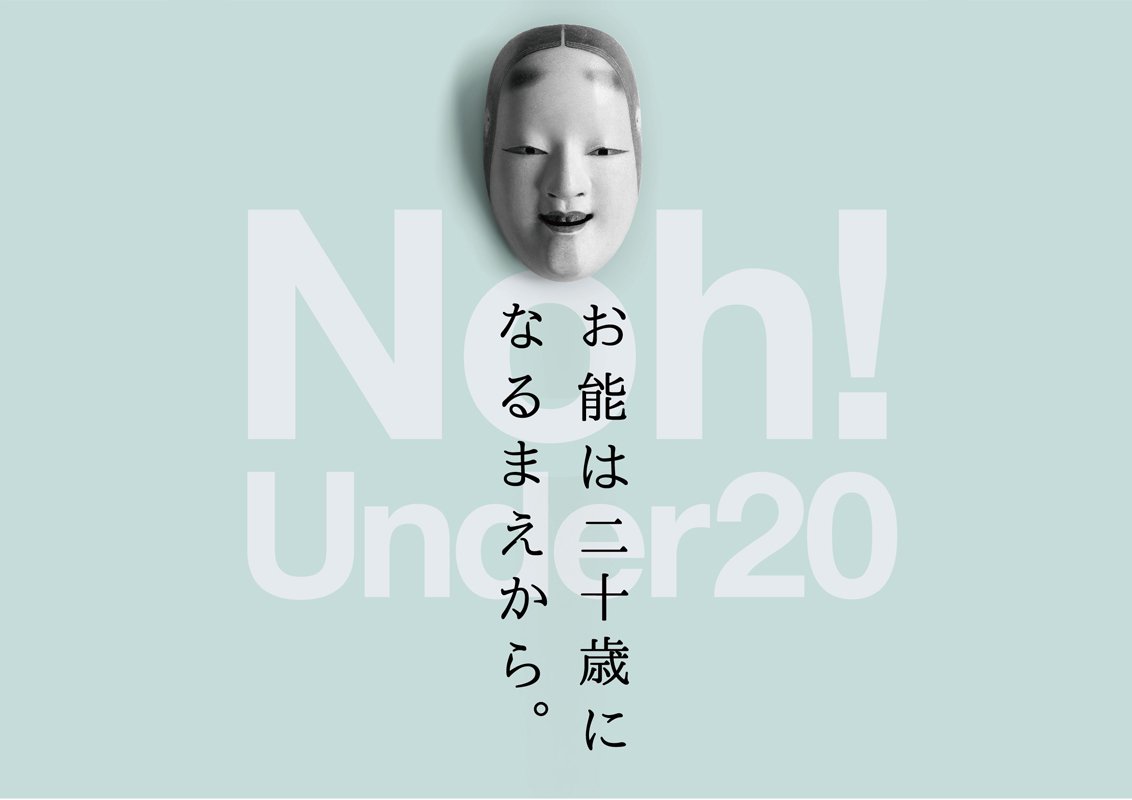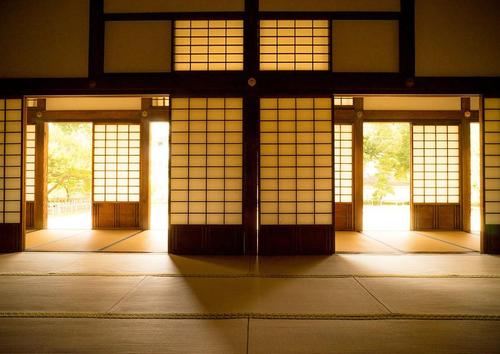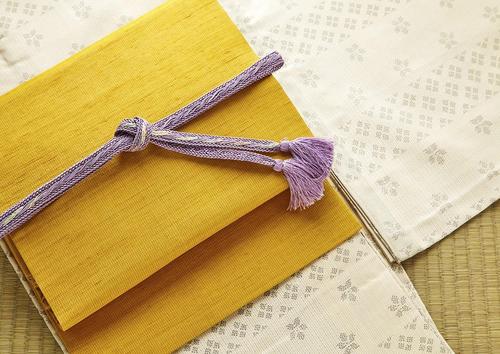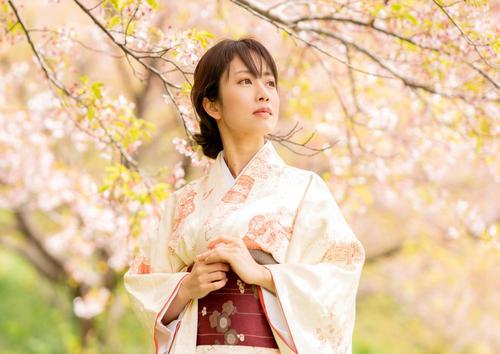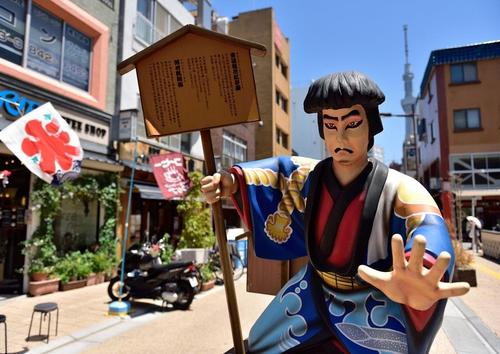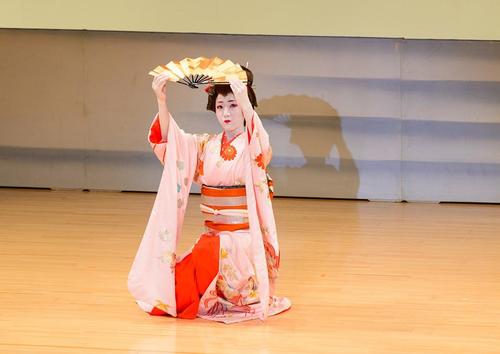
dance
What is Japanese dance? Explains the characteristics and origins of the five major schools, and their relationship with Noh and Kabuki
12/ 4/2020
You will be fascinated by the beauty of Japanese dance.
In this article, I will explain in detail the definition and origin of Japanese dance. In the second half, we will also introduce the characteristics of the five major Japanese dance schools that are famous in Japan.
If you want to try Japanese dance but don't know which school is right for you, please check this article.
What is Japanese dance?
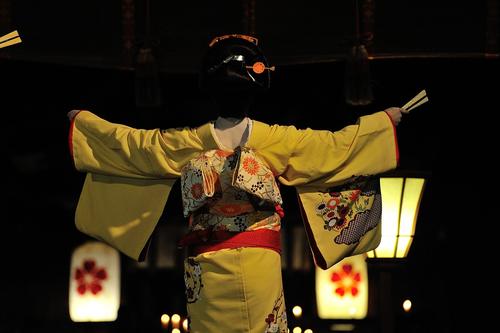
Japanese dance is a general term for so-called traditional Japanese dances.
Generally, it is a combination of traditional dance "dance" and "dance". It is a very delicate dance with a stylized pattern that has been decided even in the details of movement.
Japanese dance is not folk, but is also part of a dance that is intended to be performed on stage. The specific characteristics can be easily understood by looking at the origin and history.
Characteristics of Japanese dance seen from its origin and history
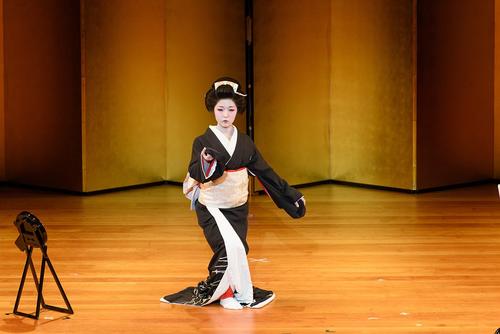
The origin of Japanese dance is said to be the dance of Ame-no-Uzume no Mikoto, which was performed in front of Amano-Iwato. However, this mythical episode is not the direct origin of Japanese dance.
It is said that the traditional performing arts "Noh" and "Kabuki" have had the greatest influence on Japanese dance. Certainly, most of the Japanese dances performed in modern times are a combination of "relaxed movements" that come from Noh and "active movements" that are typical of Kabuki.
[If you read the article, may you know the meaning of this KARUTA? ]
The influence of Noh
Japanese traditional dance inherits the techniques of advanced performing arts such as "Noh", which dates back 700 years from its origin. And it can be said that modern Japanese dance is the result of adding new skills and accumulating sophistication. In addition, the musical instruments used in Noh music have become indispensable in the world of Japanese dance.
The influence of Kabuki
Japanese dance is derived from Kabuki during the Edo period. Since ancient times, Kabuki has had the problem that women cannot stand on the stage due to moral issues. Therefore, it is said that the beginning of Japanese dance was when women performed Shosagoto in Ooku.
Then, in the Meiji era, many masters began to put up signboards, and the system of Natori qualifications and schools was set up. And in this era, a new position was added to Japanese dance as a lesson for women to acquire beautiful behavior.
Five famous schools in Japanese dance

Japanese dance has the characteristic that its image and choreography differ depending on the school that was divided after the Meiji era. And in modern times, it is said that there are about 200 schools.
Here, let's take a closer look at the characteristics of the five most famous schools in the world of Japanese dance.
Hanayagi Ryu
It is a school started by the first generation, Jusuke Hanayagi.
It will be the organization with the largest number of members among the five major schools. After excommunication of the Nishikawa style, which he belonged to as a choreographer, he was named "Hanayanagi style" because he taught geisha dance in Yoshiwara. Delicate choreography and unity within the school are the major features.
Fujima style
It is a school that has been deeply involved with Kabuki since the Edo period.
The biggest feature is the dynamic choreography and dance that looks great in the theater. There are several branches in the Fujima style. A lot of Kabuki scholars are studying under the Kanjuro sect of the Soke. The next largest branch is the Kanemon school, which was established by Kanjuro's disciples.
[Do you care about Japan? Would you like to learn Japanese together? ]
Wakayanagi style
It is a school established by Judo Wakayanagi, a disciple of the Hanayagi school and the first Iemoto.
Since the Iemoto left the Kabuki world due to excommunication and was active in the Hanayanagi world, this school also has characteristics such as overall dignity and delicate choreography. The Wakayanagi style has introduced a slightly unusual director system instead of the Iemoto, and has produced many famous dancers.
Nishikawa style
It is the oldest and most venerable school founded in the Genroku era.
The ancestor, who turned from the world of Kabuki to a choreographer, was involved in the choreography of masterpiece Kabuki dances such as "Kanjinchō," "Seki no Tobira," and "Sagimusume," which are still loved by many fans and actors. We have also established the Japan Dance Promotion Foundation, which transcends schools, and in recent years we have been focusing on activities to convey Japanese dance to the younger generation.
Bando style
It is a school inherited by Mitsugoro Bando, a famous Kabuki world. Kabuki color is the strongest feature.
In the Bando style, since I am an Iemoto from Kabuki, I attach great importance to "acting" in dance.
Summary
Japanese dance is a general term for so-called traditional Japanese dances that are intended to be performed on stage.
In Japanese dance, which has been influenced by Noh, musical instruments of Noh music are indispensable even on the modern stage. In addition, Kabuki, which also had an influence, is closely related to the five major schools.
You can also enjoy Japanese traditional dance through the masterpiece Kabuki "Kanjinchō," "Seki no Tobira," and "Sagimusume."If you are interested, why not start by watching the dance?
This article is a partial re-edit of the article published in Nihongo Biyori by KARUTA.
Unauthorized reproduction or use of the contents, text, images, illustrations, etc. of this site is strictly prohibited.
CATEGORIES
FEATURED TAGS
RECOMMENDATION
-
 報BUSINESS TERMS
報BUSINESS TERMSWhat is ”Ho-Ren-So”, one of the basic manners when working in Japan?
10/30/2020
-
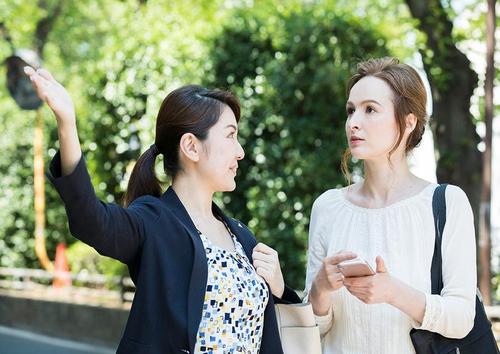 伝WORDS & GRAMMAR
伝WORDS & GRAMMARWhat is easy Japanese?
10/30/2020
-
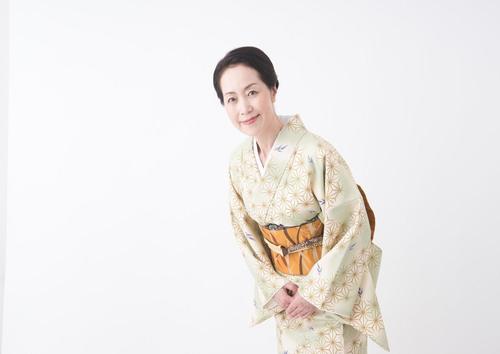 礼MANNERS
礼MANNERSJapanese greeting customs and origins. What are the greetings from other countries?
10/30/2020
-
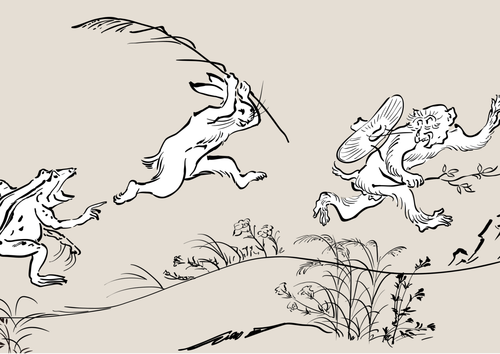 戯COMIC & GAME
戯COMIC & GAMEThe roots of animation and manga? Introducing bird and beast caricatures
10/30/2020
-
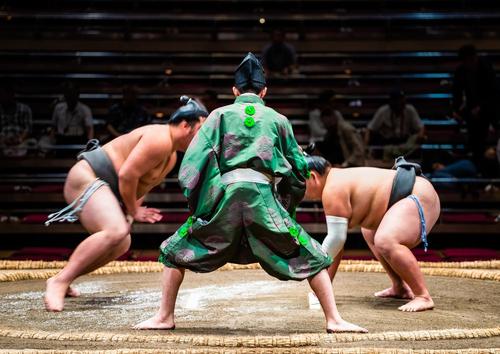 戦SPORTS
戦SPORTSThe history of sumo goes back to the mythical world! ?? Transition from myth to modern times
10/30/2020
LET’S PLAY
KARUTA!
Do you know the meaning of this...
NEXT...
FURTHER EXPLORATION
INTERESTED
IN JAPAN?
WHY DON’T YOU
LEARN JAPANESE WITH US?
START LEARNING
JAPANESE
WITH HUMAN ACADEMY!
ONE OF
THE MOST POPULAR
JAPANESE
LANGUAGE SCHOOLS
JAPANESE
LANGUAGE SCHOOL
OFFERING EXCELLENT
DETAILED LESSONS

ONLINE SCHOOL
- Learn with your classmates from all over the world
- Variety of Courses for All Needs
- FREE Trial Lesson available

TOKYO, OSAKA
- Offer the Best Curriculum for You
- Make New Japanese Learning Friends
- Many Opportunities to Practice Japanese
MAKE FURTHER
STEPS
WITH HUMAN ACADEMY!
ONE OF
THE MOST POPULAR
JAPANESE
LANGUAGE SCHOOLS
JAPANESE
LANGUAGE SCHOOL
PRODUCING MANY
JLPT N1 CERTIFIED
STUDENTS!

ONLINE SCHOOL
- Learn with your classmates from all over the world
- Variety of Courses for All Needs
- FREE Trial Lesson available

TOKYO, OSAKA
- Support Your Higher Goal of Japanese Learning
- Perfect Environment for Japanese Learners
- Learn with Your New Japanese Study Mates


